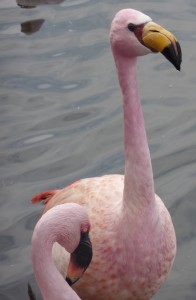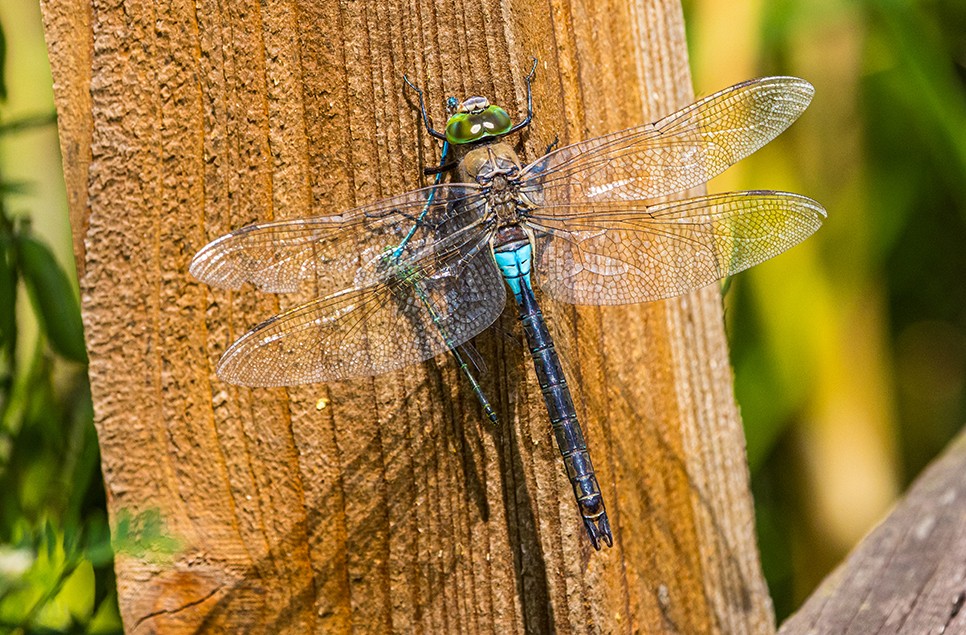Have you seen Mr James?
There is a very special bird living at WWT Slimbridge. He is both fascinating from a natural history viewpoint and from a “zoo history” perspective. Phoenicoparrus jamesi, the James’ or Puna flamingo, is a little-studied, poorly understood species that occurs high-up in the Altiplano of South America. Slimbridge is one of only two places in the world where the James’ flamingo can be seen in captivity. James’ flamingos are relatively new to science; they were described by Mr Berkley James around 1850 but were then not seen again for a very long time, being “rediscovered” by Mr A.W. Johnson (a personal friend of Sir Peter Scott) in 1957. Indeed, so rare is this species of flamingo that scientists thought it to have become extinct. Efforts were made in the 1950s and 1960s to bring James’ flamingos into captivity and to breed them, thus establishing a “safe-haven” population away from the threats to wild birds. Alas, the delicate nature of this flamingo and its highly adapted biology means that birds have never bred well in captivity and flamingo experts now feel it is only right to protect this species in the wild, and to concentrate the efforts of the zoo world on those flamingos that do thrive in captivity. You can still enjoy Slimbridge’s last James’ flamingo and he lives in the enclosure by “Wellyboot Land”; one of Sir Peter Scott’s original birds, he is now reaching a grand old age but still looks ever so handsome. You can help protect the James’ flamingo by supporting the work of WWT Slimbridge. The IUCN Flamingo Specialist Group, a group of scientists dedicated to the protection and conservation of flamingo species, is based here at Slimbridge and active conservation work in South America should help secure the populations of wild James’ flamingos well into the future.




